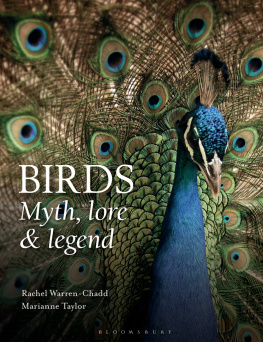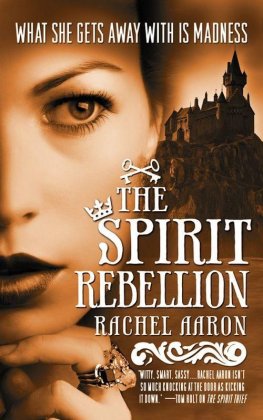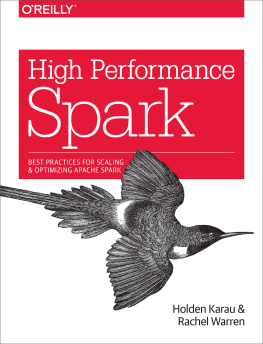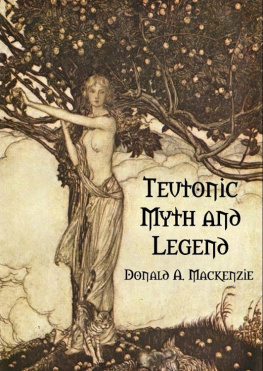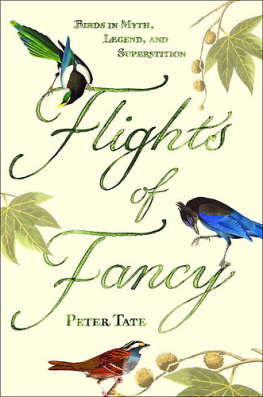Rachel Warren Chadd - Birds: Myth, Lore and Legend
Here you can read online Rachel Warren Chadd - Birds: Myth, Lore and Legend full text of the book (entire story) in english for free. Download pdf and epub, get meaning, cover and reviews about this ebook. year: 2016, publisher: Bloomsbury Publishing, genre: Romance novel. Description of the work, (preface) as well as reviews are available. Best literature library LitArk.com created for fans of good reading and offers a wide selection of genres:
Romance novel
Science fiction
Adventure
Detective
Science
History
Home and family
Prose
Art
Politics
Computer
Non-fiction
Religion
Business
Children
Humor
Choose a favorite category and find really read worthwhile books. Enjoy immersion in the world of imagination, feel the emotions of the characters or learn something new for yourself, make an fascinating discovery.
- Book:Birds: Myth, Lore and Legend
- Author:
- Publisher:Bloomsbury Publishing
- Genre:
- Year:2016
- Rating:5 / 5
- Favourites:Add to favourites
- Your mark:
- 100
- 1
- 2
- 3
- 4
- 5
Birds: Myth, Lore and Legend: summary, description and annotation
We offer to read an annotation, description, summary or preface (depends on what the author of the book "Birds: Myth, Lore and Legend" wrote himself). If you haven't found the necessary information about the book — write in the comments, we will try to find it.
Birds: Myth, Lore and Legend — read online for free the complete book (whole text) full work
Below is the text of the book, divided by pages. System saving the place of the last page read, allows you to conveniently read the book "Birds: Myth, Lore and Legend" online for free, without having to search again every time where you left off. Put a bookmark, and you can go to the page where you finished reading at any time.
Font size:
Interval:
Bookmark:
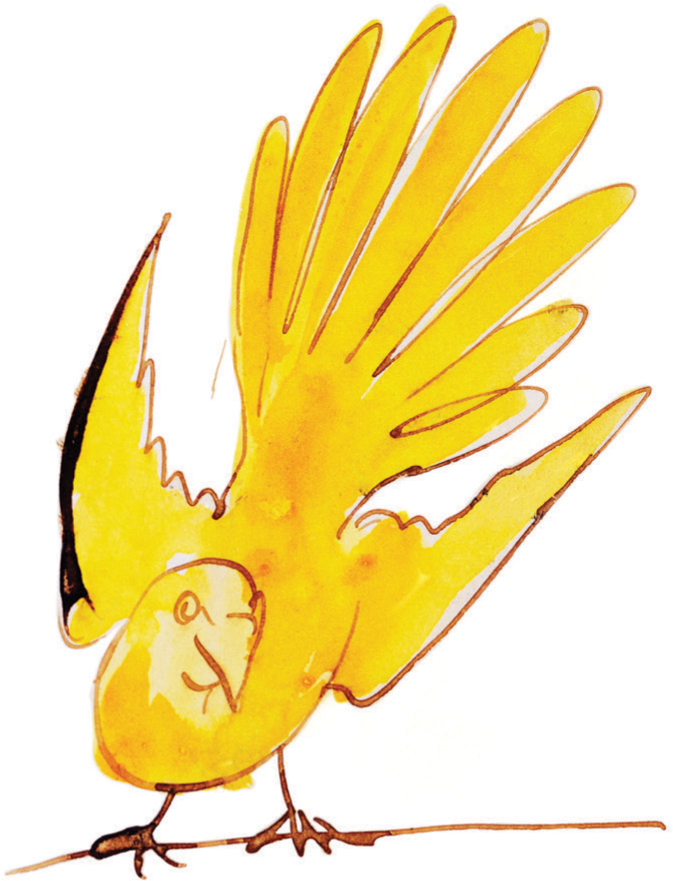
The Yellow Bird, by Edward Lear, circa 1880

Acknowledgements
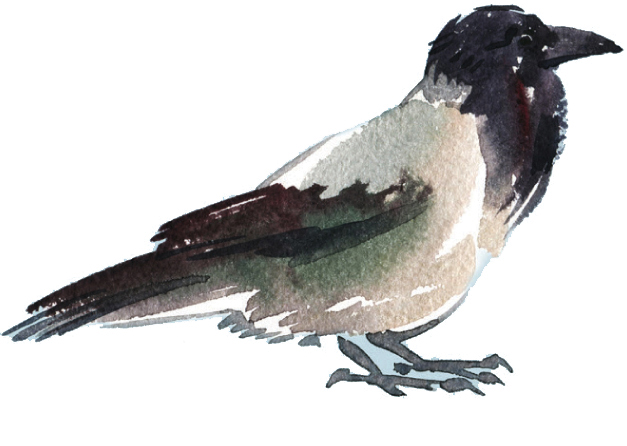
One for sorrow, two for mirth;
Three for a wedding, four for a birth,
Five for silver, six for gold,
Seven for a secret not to be told
Legend has it that storks bring babies, doves are holy, crows evil, vultures rapacious, while across the world, eagles are symbols of power. Why, since the birth of time, have birds been such a source of fascination that successive cultures have developed their own avian myths and legends, and conferred on their native species human and often superhuman traits?
Through accounts of dozens of different bird species, this book explores what it is in their appearance, voice or behaviour that has given rise to so many stories and beliefs. Some are easily understood. On a basic level, colour helped decide if a bird was good (white) or evil (black) in much the same way that Christian symbolism paints angels and devils. Similarly, nocturnal birds with haunting calls, such as owls or nightjars, were widely associated with death.
The South American Anhinga (Anhinga anhinga) got its nickname of snakebird and a wholly undeserved malevolent reputation because of its serpentine neck, which, together with its broad wings and odd paddle of a tail, also give it a dragon-like appearance in flight. Similarly, the wrinkled, bald heads of many vulture species undoubtedly influenced human perception of these birds.
Equally, the beauty of other species such as peacocks is indisputable and the human propensity for anthropomorphism often gave the birds an accompanying reputation for pride. Swan maidens feature in myth and folklore from Iceland to Indonesia, while the Ugly Duckling is a much-loved story of transformation. White cranes dancing, pink-crimson flamingos shimmering phoenix-like in the tropical heat such sights understandably fired the human imagination.
Bird cries also played their part from the doleful, huffing boom of the Eurasian Bittern (Botaurus stellaris), which the Old Testament associates with desolation, to the poetic first fine careless rapture of Robert Brownings Song Thrush (Turdus philomelos), or the liquid tunefulness of the Nightingale (Luscinia megarhynchos).
Their voices have a superficial similarity to the human voice, but birds vocalise differently, using a complex organ called a syrinx. Such is the efficiency of this system that tiny Eurasian Wrens (Troglodytes troglodytes) create an intense sound, quite contrary to their size, while Eurasian Skylarks (Alauda arvensis) sing continuously for minutes on end. Some songbirds produce two tunes at once; their music is often more intricate than anything humans can achieve.
Such mysterious, varied and often beautiful outpourings were in many cultures interpreted as communications from the gods. Yet, it was above all their ability to fly that established birds as celestial and even godlike creatures. Earthbound species such as the Emu (Dromaius novaehollandiae), which have foreshortened wings and too small a keel on their sternum to anchor the muscles that power flight, were perceived as victims of some ancient trickery.
Flying was a superhuman attribute that the ancient world could only dream of; the myth of Icarus typified the futility an affront to the gods of reaching for the skies. Birds, by contrast, were spiritual messengers, soaring heavenwards and also penetrating the caves, crannies and other places inaccessible to humans.
In China, cranes carried souls to immortality, as did birds in other cultures. Whether as harbingers of death or returning spirits, these were roles that human fear of mortality had thrust upon them. When an emperor died, the Romans would release an eagle to carry his soul aloft, whereas vultures performed the same service in Native American beliefs. Christianity favoured the dove as its symbol of resurrection and populated its heaven with white, winged angels.
British and other folklore often draws on biblical stories to explain bird traits. The red of the European Robin (Erithacus rubecula) and some other species is attributed to their charitable actions at the Crucifixion stained with blood as they sought to pull the thorns from Christs crown. By contrast, the Eurasian Magpie (Pica pica), was cursed for sitting on Noahs ark and chattering while the world drowned, and then, with its dual-coloured plumage, for failing to go into full mourning at Christs death.
Bird traits are also firmly embedded in language. The zigzagging flight of the hunted snipe produced the word sniper. Guzzling young gannets that do little but eat to build the essential body fat required for future migration gave rise to a label indicating human greed. A flock of farmyard hens live in relative harmony thanks to each knowing her place in a pecking order. The list goes on.
Perhaps, above all, birds are the stuff of poetry, embodying our every emotion, from grief to elation. While strictly unrelated to the birds own psyche, such cultural emphasis reflects the awe that birds have often inspired.
Bird mythology and folklore, as this book explains, may be frequently based on misconceptions and coloured by all too human hopes and fears, but as you will discover the sheer wealth of stories and beliefs that exists throughout the world is a powerful tribute to creatures that have astonished mankind for millennia.
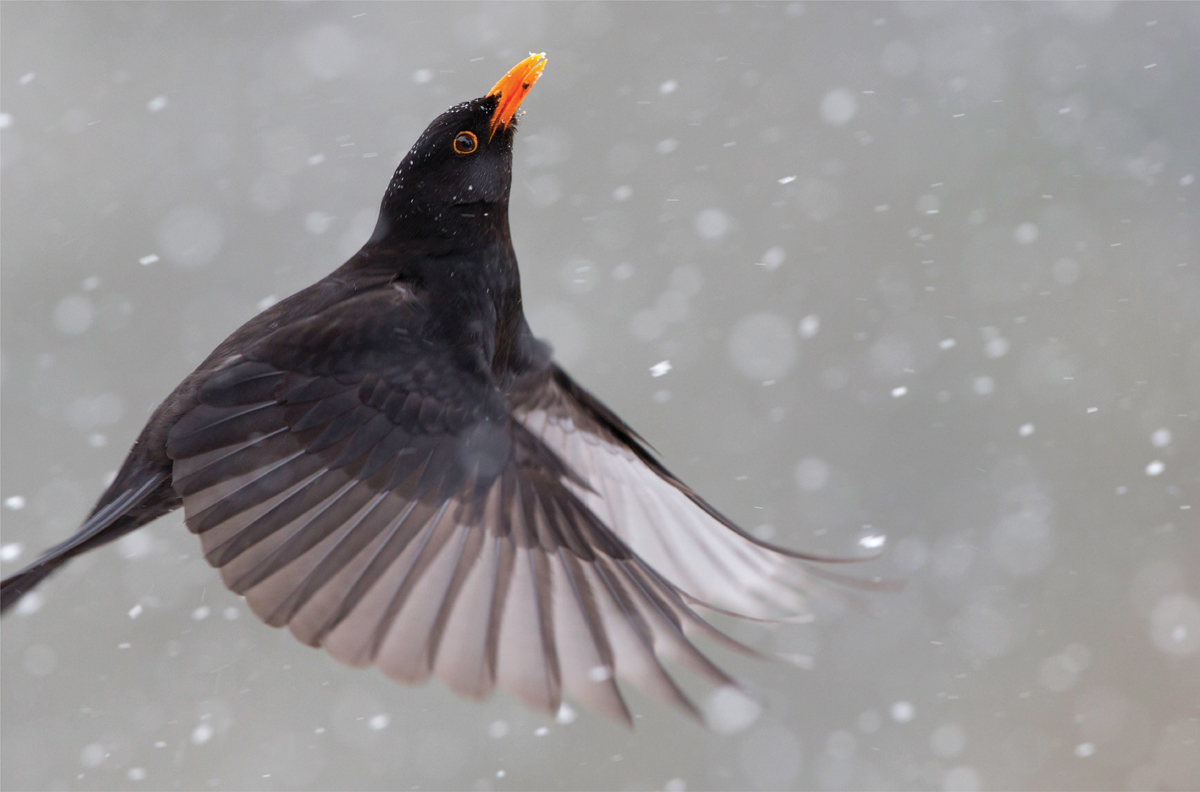
Certain species the tuneful thrush or raucous Rook are garden companions, or glimpsed on trees and buildings, or heard in a moment of respite from manmade noise. Some, such as the swallow or elusive cuckoo, are harbingers of summer. The crane and stork among others are seasonal visitors from faraway places, famed for their long migrations. A few are now farmyard friends. All are the subject of colourful stories and beliefs, often influenced by their way of life, appearance or song.
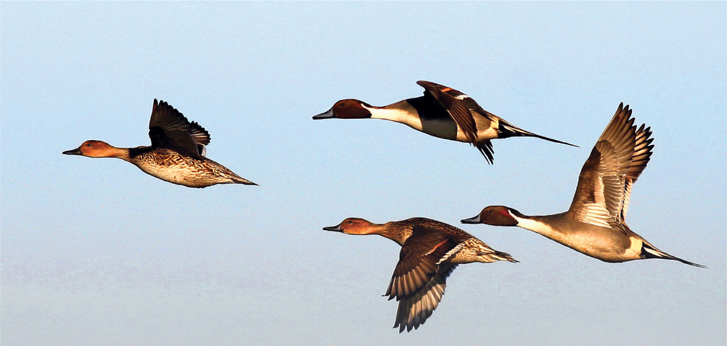
Donald Duck, Daffy Duck ducks can be comical, as many people around the world agree. When a team of UK researchers scoured 70 countries earlier this millennium to discover what makes us laugh, ducks were pronounced the worlds funniest animal. If youre going to tell a joke involving an animal, make it a duck, said psychologist Richard Wiseman from the University of Hertfordshire who led the year-long LaughLab experiment.
Perhaps it is the way that many ducks move, particularly on land. The Mallard (Anas platyrhynchos) and its domestic descendants have large, webbed paddle-like feet, set back on the body so that the bird waddles from side to side with every step. Female Mallards make the characteristic cartoon ducks quack. Mallards, too, are typical dabblers, feeding on the surface of shallow water and performing further comic turns as they tip up their tails to scrounge for plants and insects in the mud below.
Font size:
Interval:
Bookmark:
Similar books «Birds: Myth, Lore and Legend»
Look at similar books to Birds: Myth, Lore and Legend. We have selected literature similar in name and meaning in the hope of providing readers with more options to find new, interesting, not yet read works.
Discussion, reviews of the book Birds: Myth, Lore and Legend and just readers' own opinions. Leave your comments, write what you think about the work, its meaning or the main characters. Specify what exactly you liked and what you didn't like, and why you think so.

